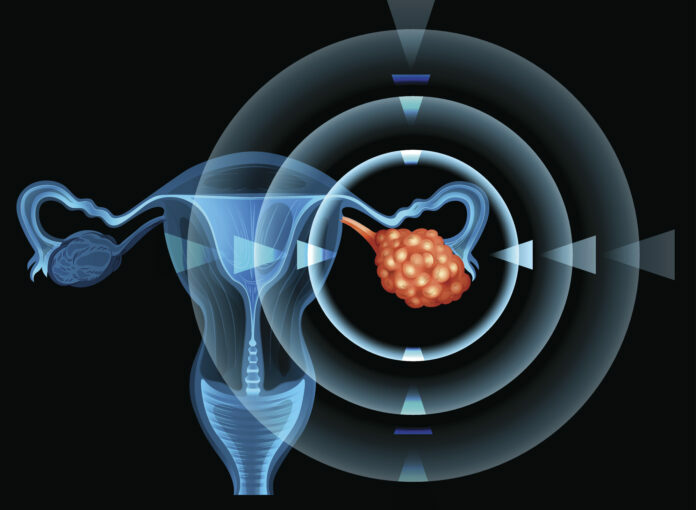By Hayden E. Klein
Patients with ovarian cancer saw a 70% improvement in overall survival (OS) 3 years after undergoing a multidisciplinary surgical approach compared with previous approaches to therapy, according to a study published in Annals of Surgical Oncology.
According to the authors, this research conducted by Mater University Hospital highlights the profound impact of aggressive surgery, which engages multiple specialists, on the survival prospects of patients with ovarian cancer.
“A multidisciplinary approach to manage patients with ovarian cancer is essential to achieve optimal treatment outcomes and improved quality of life, prognosis, and overall survival,” they said.
The study involved an analysis of over 300 patients who were categorized into 2 groups based on their treatment periods. Cohort A included 146 patients treated between 2006 and 2015, and cohort B included 174 patients treated between 2017 and 2021.
The year 2017 is notable in this study because it was year the Department of Gynecological Oncology at Mater Hospital introduced an innovative approach to ovarian cancer surgery. This multidisciplinary surgical team (MDT) approach fostered collaboration among various surgical disciplines, with the primary goal of eliminating all visible tumors within patients’ abdomens.
“Evidence on the impact of a multidisciplinary approach on overall and progression-free survival in advanced ovarian cancer has been limited to small retrospective studies that primarily looked at multidisciplinary team treatment decision making as opposed to a multidisciplinary surgical approach,” the authors said. “Our study is one of the largest to date examining the impact of a multidisciplinary surgical approach as an independent predictor of progression-free and overall survival in advanced ovarian cancer.”
The rate of primary cytoreductive surgery was higher for cohort B, with 55 (38%) patients in cohort A and 81 (46.5%) (81/174) in cohort B receiving the surgery. Additionally, complete macroscopic resection increased from 58.9% to 78.7% (P < .001). The median age andproportion of stage III and IV cases were similar in both groups.
The study’s findings revealed a substantial drop in the mortality rate among patients following the implementation of the multidisciplinary-team, intraoperative approach, decreasing from 64.5% to 24%. It was also observed that in cohort A, cancer progression occurred in 75% of patients 3 years post-surgery, while this figure dipped to 48.8% for cohort B that received the new MDT approach.
While the mortality rate was still not zero, there was a substantial drop in patient deaths following MDT implementation. At 3 years, 93 (64.5%) patients died in cohort A compared with 42 (24%) patients in cohort B (log-rank, P < .001). Based on Cox multivariate analysis, the authors found that MDT input, residual disease, and age were independent predictors of overall survival (HR, 0.29; 95% CI, 0.203-0.437, P < .001) and progression-free survival (HR, 0.31; 95% CI, 0.21-0.43, P < .001). Major morbidity was stable throughout both study periods.
“Our data demonstrate that the implementation of multidisciplinary team intraoperative approach allowed for a change in surgical philosophy and has resulted in a significant improvement in overall survival, progression-free survival, and complete resection,” the authors concluded.
Reference
Mulligan K, Corry E, Donohoe F, et al. Multidisciplinary Surgical approach to increase survival for advanced ovarian cancer in a tertiary gynaecological oncology centre. Ann Surg Oncol. Published online October 24, 2023. doi:10.1245/s10434-023-14423-1
This article was published by AJMC.com.


